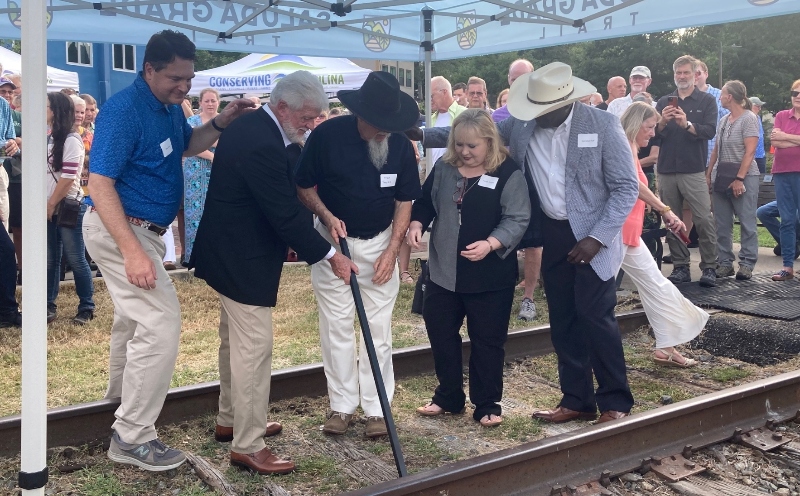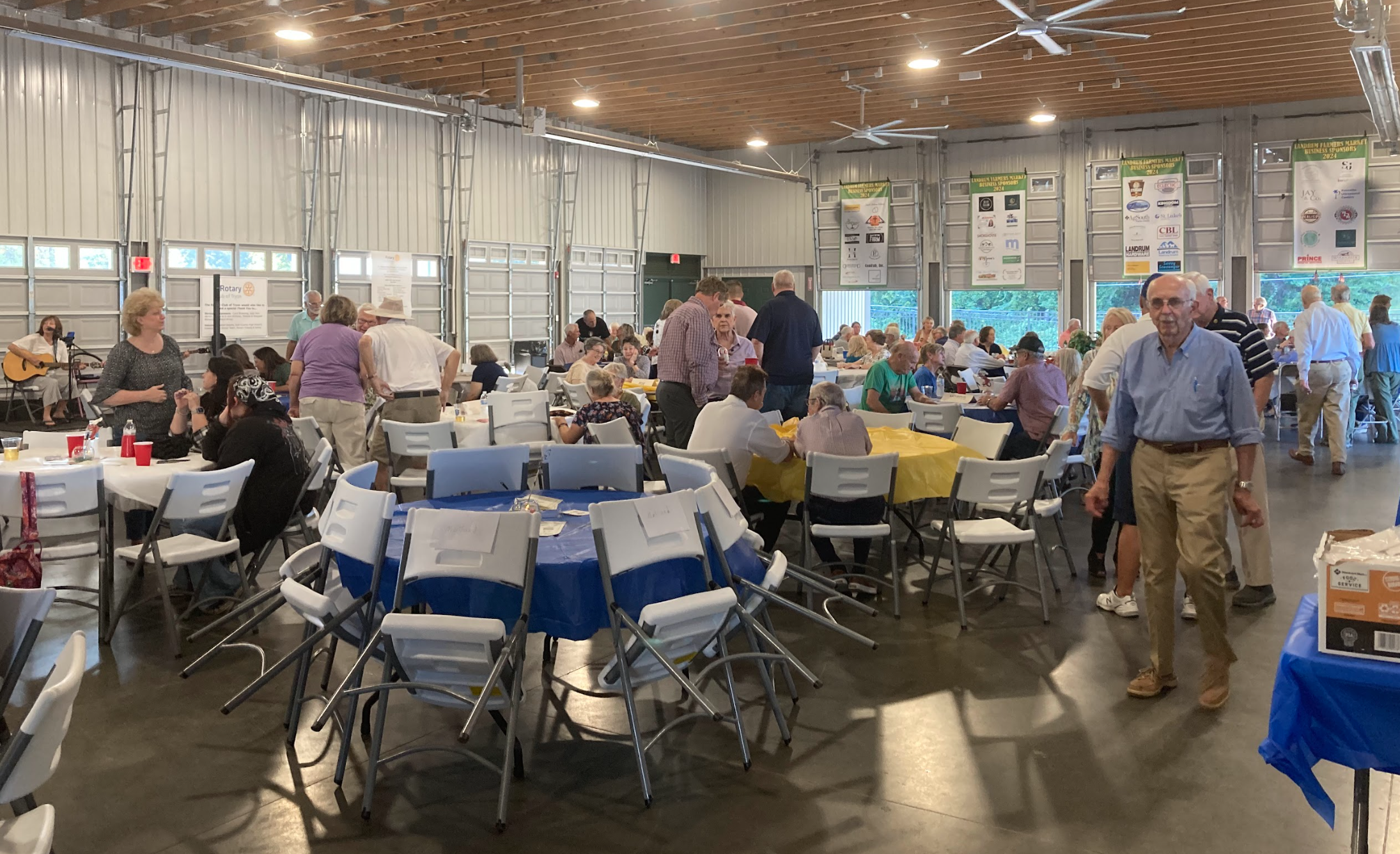Remember When: Remembering Mister Rogers and more
Published 8:00 am Friday, October 5, 2018
A recent Google Doodle was about Mister Rogers.
I read the articles about him and his television ministry to children. I say “ministry” because Fred Rogers was an ordained Presbyterian Minister. He deliberately chose to deliver his “children’s sermons” in the form of a TV show on PBS rather than in the confines of a few minutes in a church.
Shortly after we retired to Tryon, Fred Rogers’ wife, Joanne, appeared on a program for the Tryon Concert Association. She and her classmate from college, Jeannine Morrison, had formed a duo-piano team and were touring the country.
Trending
Ms. Morrison performed something by Mozart. My favorite Mozart interpreter was one Lili Kraus, and it seemed to me that I was hearing Ms. Kraus! When I said this to Ms. Morrison, she was delighted to say that she had studied with Ms. Kraus after graduation.
Lili Kraus, who was touring in Asia when World War II began, was taken and held captive by the Japanese for the duration of the war. She was the pianist in residence at Texas Christian University when we lived in Arlington, Texas. I watched her master classes on ETV during that time. Valued guidance for this guy, who was learning to play a Mozart sonata.
I had worked so hard on legato playing for Mrs. Mazzy that I never mastered the non-legato scale work required by Mozart.
I am really enjoying driving on the new pavement in Tryon! There were many lane closures over the years as workers redid the curbs, the sidewalks, the street and finally the simulated brick crosswalks. Not to mention the special non-sky lighting fixtures that appeared when the overhead wires went underground.
What a marvelous face-lift for our little town, thereby further celebrating its uniqueness. The presence of the railroad (its rails cut, but banked for possible future use), responsible for creating Tryon in the first place, has dictated much of its main street layout. The railway ownership of a reported 100-foot right of way was largely ignored by Tryon’s early developers.
Norfolk Southern has been more than kind to us. They gave the depot to the town. They long ago removed the second track when no longer needed to allow passenger trains to pass stopped freights. They also removed the sidings near the depot on which they parked the boxcars to be unloaded back in the days when a lot of bulk freight was carried by the railroads.
Trending
The Southern Railway was my favorite because I liked their dark green locomotives with the silver rims that looked much like whitewall tires on cars. The Smithsonian has a Southern locomotive that includes a recorded soundtrack of its many wonderful sounds.
Naturally I bought one, which I shared with a cousin by serenading him with a full volume rendition by my new stereo system. His wife, Sadie, stuck her fingers in her ears, but Bruce and I just grinned and bore it. Bruce wanted to know where he could get a copy of the recording, so I explained all about it before presenting the copy I had also bought for him.
I did not like the steam locomotives so much as a child, when my dad used to take me by the hand and lead me right up to them. To me, they were like fire-breathing dragons, as I could see the flame licking about in the fire box.
I also was frightened by the ear-splitting hiss when the safety valve let off steam!
His dad was engineer on a Seaboard locomotive that pulled a long freight train out of Durham every day, so railroading is in my blood.





